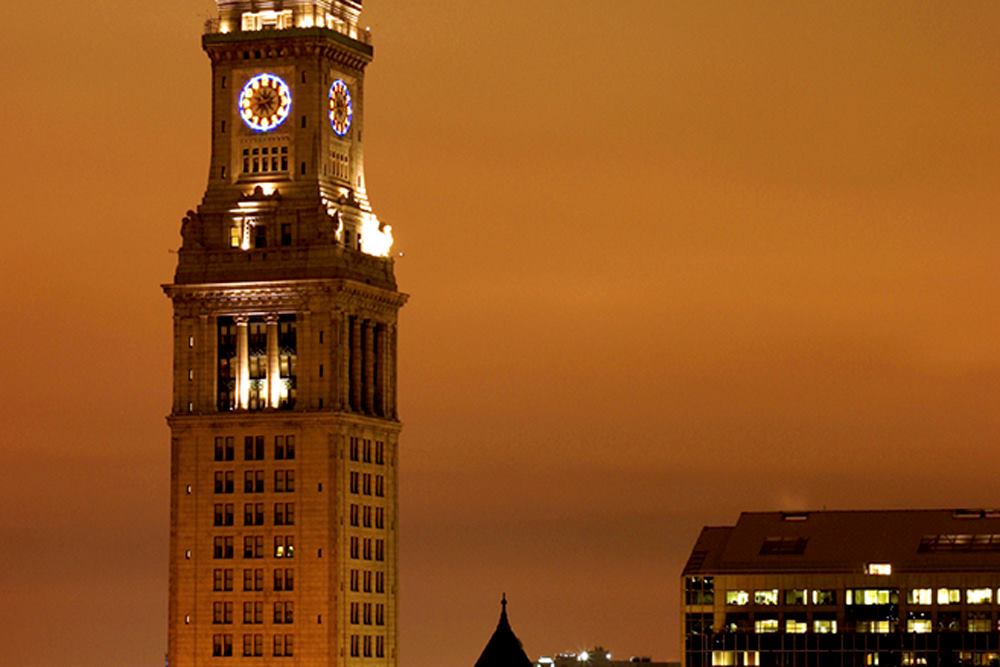Condo Market Steadies
Boston’s condominium market has fared well compared to other major metros around the country. Boston never experienced the explosive population and income growth that was typical elsewhere in the country, particularly in Sunbelt markets such as Phoenix, Las Vegas, and Southern California. In those regions, overzealous development caused massive oversupply—a problem Boston does not face thanks to its extremely high barriers to entry.
In addition, the region’s drop in employment and income levels was below the national average, and the state ranks fourth in the nation in average home equity, according to the Boston Business Journal.
Nonetheless, condominiums were the most overbuilt product type in the city over the past decade. Developers chased the high demand for condos, which resulted from the buoyant economy and liberal construction lending practices of the mid-2000s. Thousands of brownstones and triple-deckers—property types typical of Boston and Cambridge’s central neighborhoods—were converted to condos, and more than a dozen luxury mid-rise and high-rise condo projects were built in the city center.
Demand dried up before many of the larger projects in downtown Boston could be completed and sold. And since then, financial distress has troubled many of these newer projects.
Fast Facts: Boston
Population: 639,858
Median age: 36
Median household income: $53,365
Average rent: $2,658*
Occupancy: 95%*
Unemployment: 9%
Notable: The city is the site of several firsts including the United States’ first public school, Boston Latin School, and the first subway system to debut in the country. Boston also boasts a diverse economy based on research, engineering, finance, and technology. No doubt, the city is a popular one: It remains high on world livability rankings, though it has one of the highest costs of living in the United States.
* Boston Central Business District only
Sources: DemographicsNow; Massachusetts Department of Workforce Development; Reis
In spite of this, demand for downtown luxury condos was the last housing product type in the region to be affected by the economic downturn and appears to be the first to recover. When housing sales in Massachusetts began to decline in 2005, the downtown condo market stayed consistent until 2008. Sales were extremely slow in 2009 but have already picked up. Even during the slowdown, pricing held up remarkably well—94 luxury units in downtown sold in the first quarter of 2010, a 59 percent increase over the first quarter of 2009. Those units traded at a median price of $874,150. Overall, the average sales price for a condo in Boston’s Seaport District is $664,955.
A Bright Future
While 2010 has been a strong year for rentals in Boston, the trend is expected to continue as the economy recovers through 2011. What’s more, Boston has long been considered a prime target for a myriad of investors, and today is no different. The city is currently receiving a good deal of attention from foreign investors who see great opportunity in a highly desirable city with equally high barriers to entry.
While the recovery may motivate some households to give the condo market a try, pent-up demand from young workers who have either moved back home or moved in with roommates will eventually release as employment prospects improve. Despite this, limited supply and increasing demand will affect both Boston’s multifamily and condo markets in the coming years. Decreasing cap rates will provide opportunities for owners to sell, while investors seeking stable, well-located properties will find much to appreciate in the region.
As the economy continues to recover, the Boston region will continue to stand out amongst its larger peers in the country through 2011 and beyond.
